-
Winnie The Pooh Novel Study
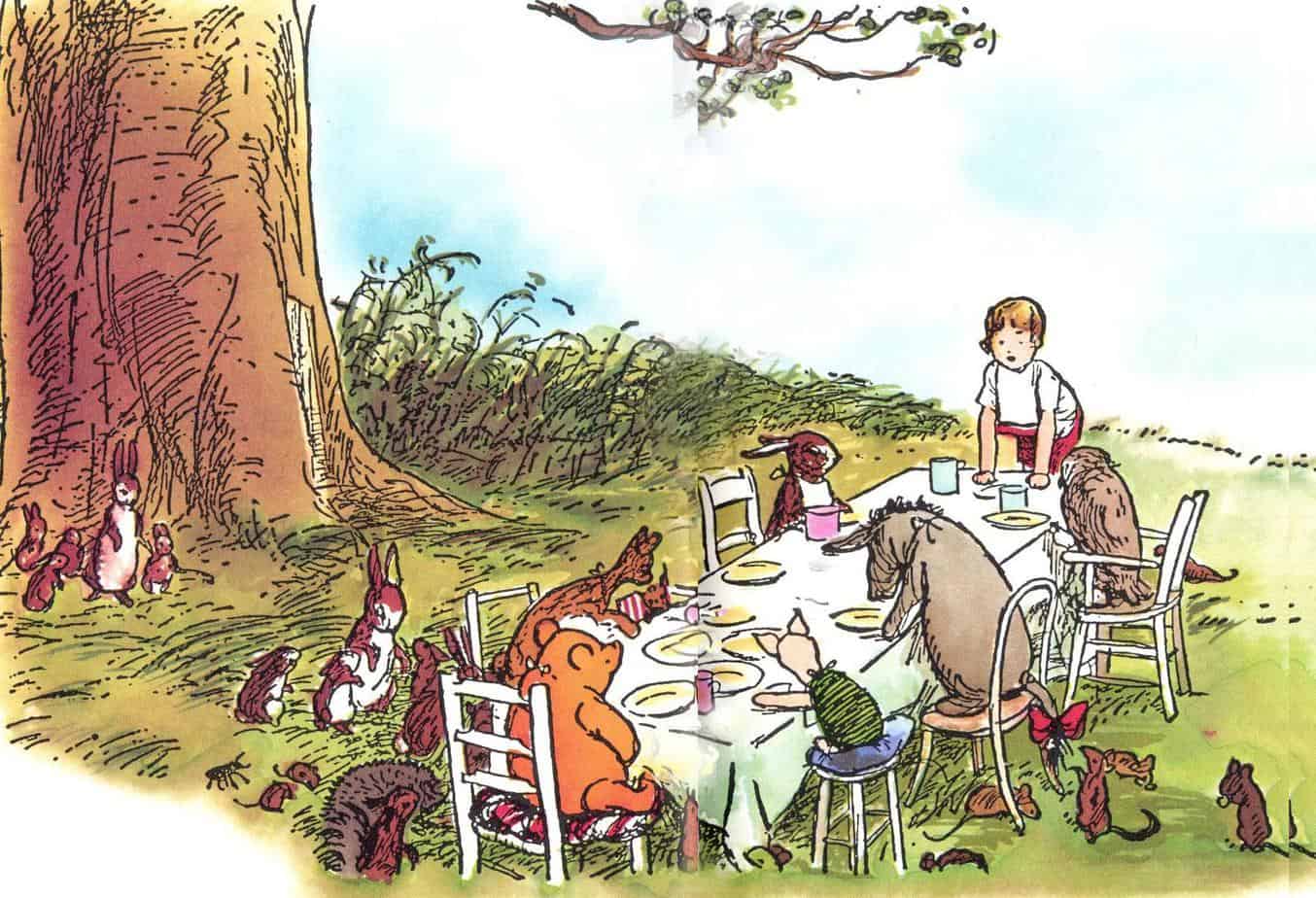
Winnie the Pooh is basically a modern version of an archetypal legend: The story of a peaceful animal kingdom ruled by a single benevolent human being. Like Adam, Christopher Robin gives names to his objects. The Pooh stories came at the very end of the First Golden Age Of Children’s Literature, as described by Peter […]
-
The Plot Points Of Every Single Fairytale
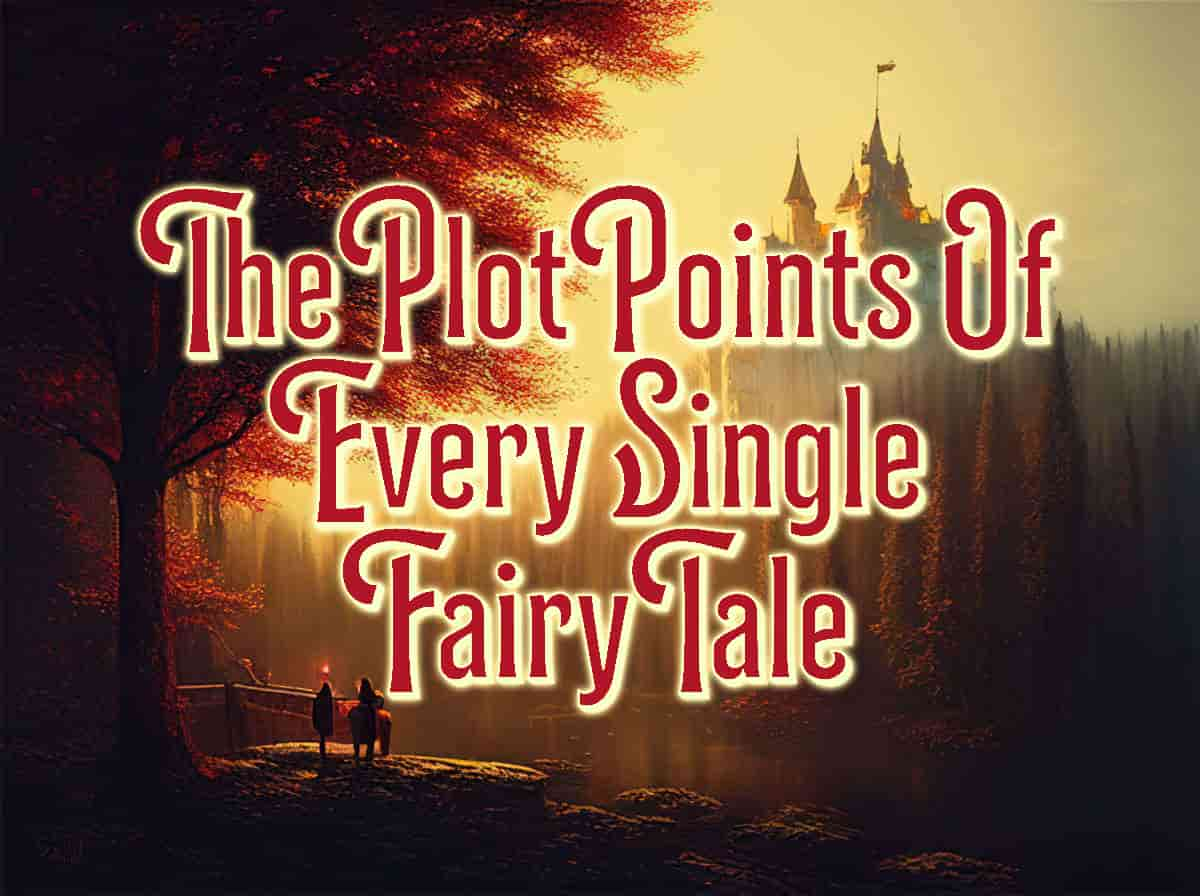
Not every fairytale includes every plot point as listed below, but when they do, they appear in order.
-
The Disgusting Sandwich by Gareth Edwards and Hannah Shaw Analysis
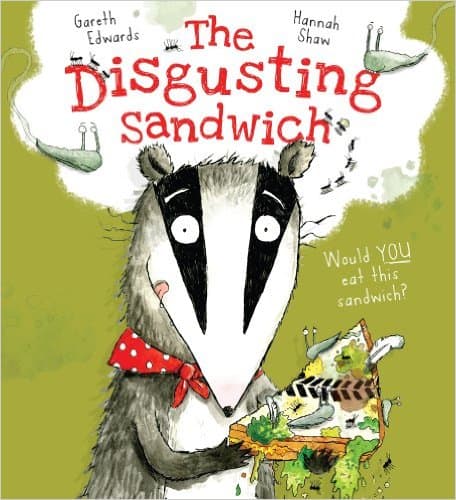
My 7-year-old kid expressed disgust at The Disgusting Sandwich and said she didn’t want to read it again, but she brought it to me again a few days later. This time, she knew what to expect, and managed to enjoy it. Most kids I know love to be grossed out. There’s a narrow window in childhood in […]
-
Fairytale Archetypes
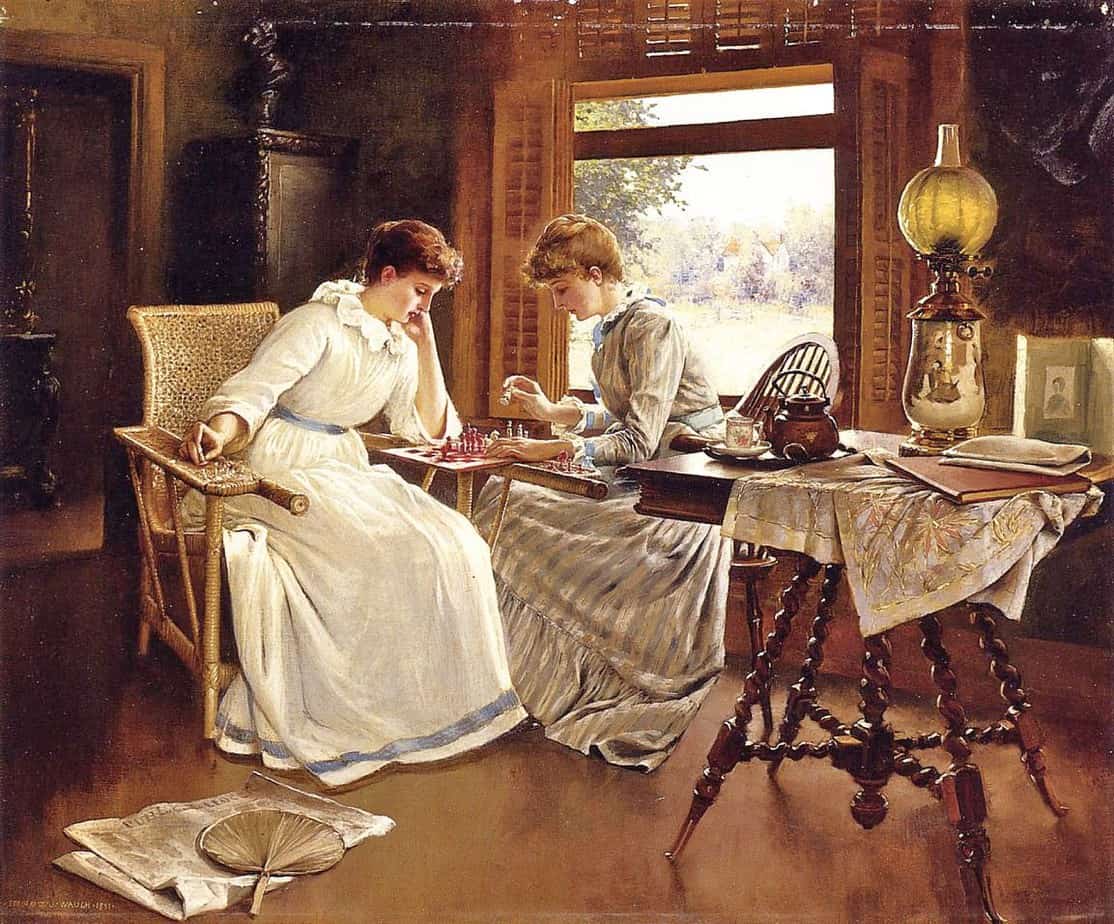
Marina Warner has a great way of thinking about fairytale archetypes: Imagine them as pieces on a chessboard. We know all we need to know about them just from their appearance. Moreover, their position on the board limits the number of possible moves they’re able to make. If you’ve ever seen Tarot cards, the archetypes […]
-
The Sorrows Of Gin by John Cheever Analysis
by Gerhard Glück drunk santa
-
Foreshadowing, Side-shadowing & Back-shadowing
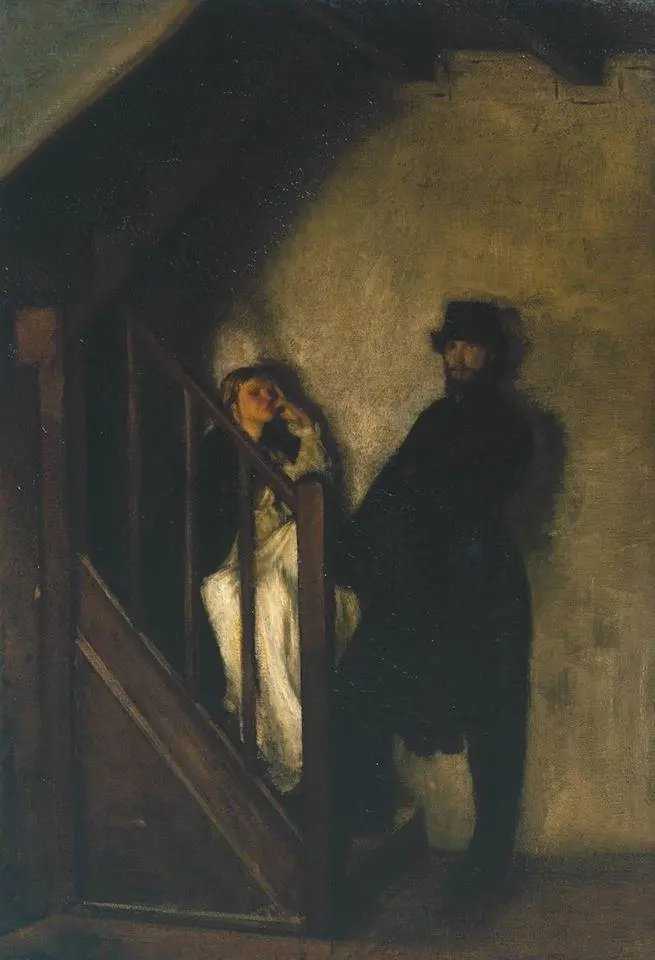
You’ve probably heard of foreshadowing, but have you heard of back-shadowing and side-shadowing? These techniques have nothing to do with each other, other than that they all describe literary techniques and they all include ‘shadowing’ in the term.
-
Where The Wild Things Are by Maurice Sendak Analysis
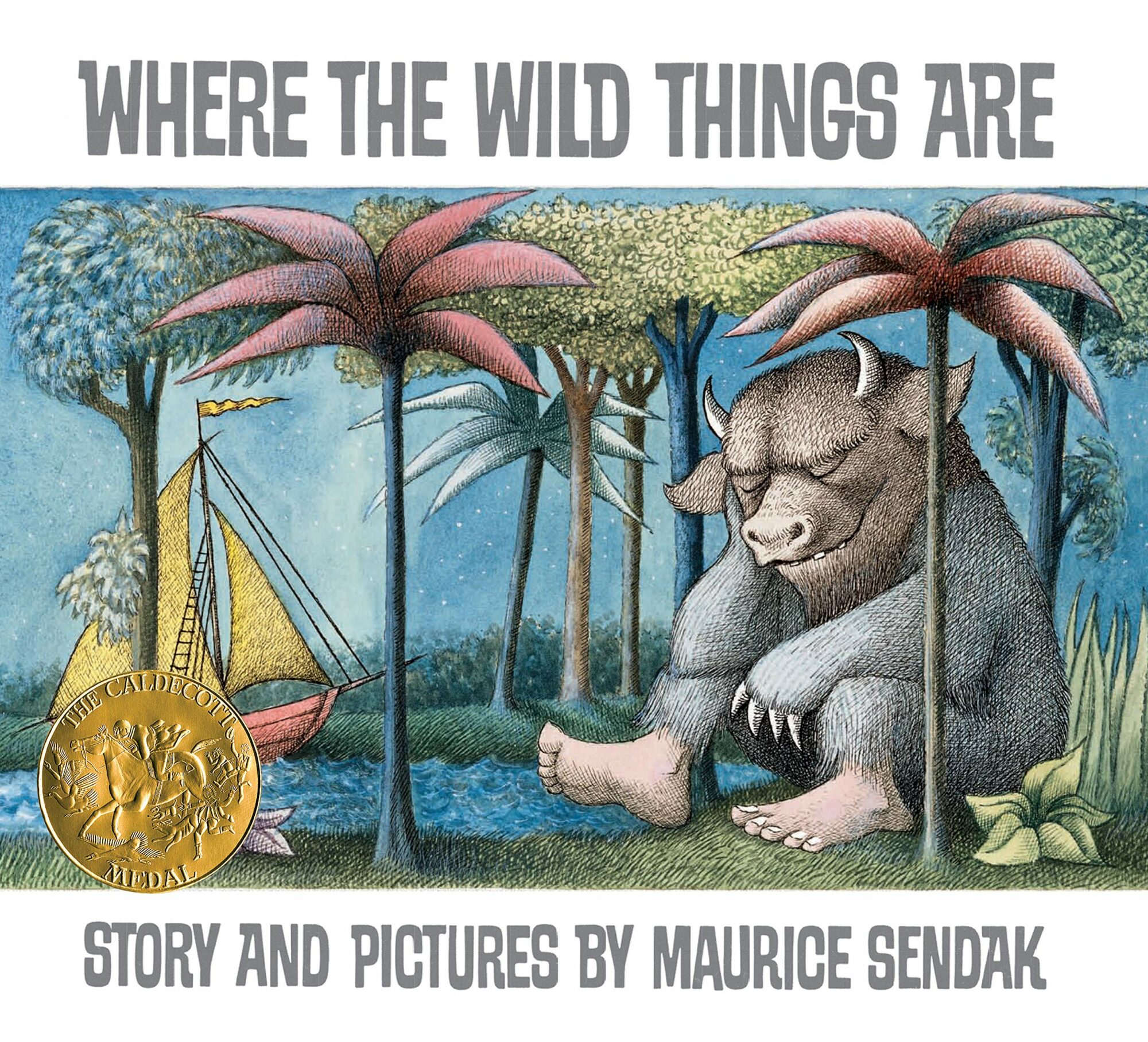
“Where The Wild Things Are” by Maurice Sendak is the picture book that changed picture books forever. The picture book began to be understood, after Maurice Sendak, as something extraordinary – a fusion of images and limited vocabulary which authors such as Julia Donaldson, Lauren Child, Alan and Janet Ahlberg, Emily Gravett and more have turned […]
-
Shapes of Plots In Storytelling
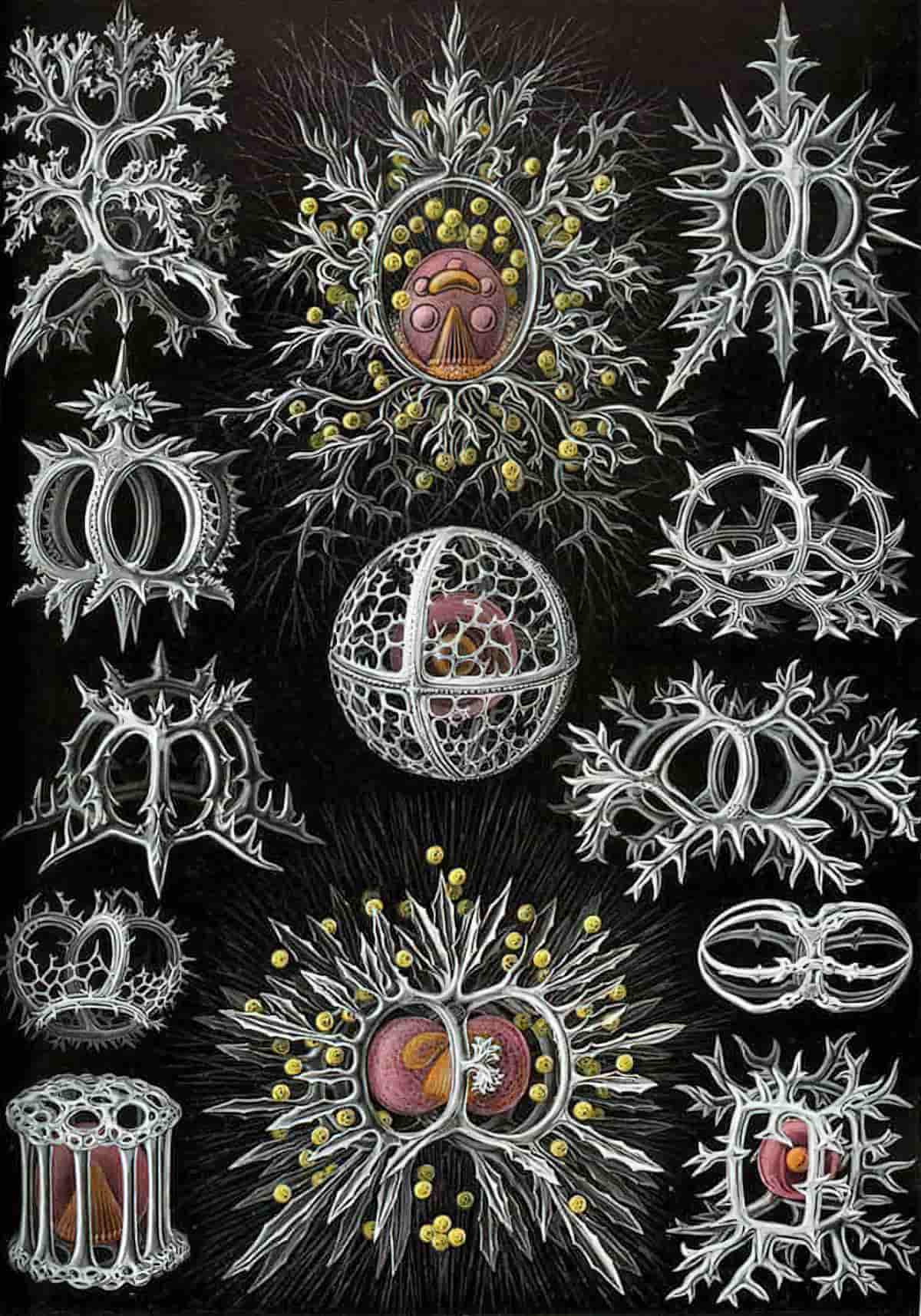
The success of a novel is only five percent about the structure and ninety-five percent about the quality of the writing. Elizabeth Lyons, Manuscript Makeover Younger writers should be experimenting with form as well as material, like a water-seeker with a divining rod. We are “haunted” by experiences, images, people, acts of our own or […]
-
Mice in Children’s Literature
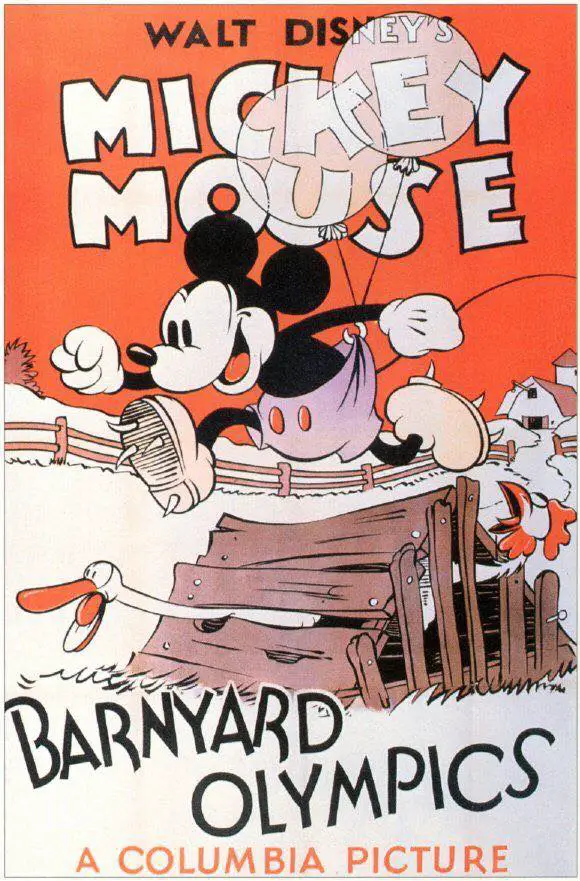
Mice are widely represented in folktales, both as protagonists and as helpers. Apparently, there is a subconscious identification on the part of children’s writers of a small and helpless child with one of the smallest animals, also know—maybe without reason—for its lack of courage.
-
Other Selves In Storytelling
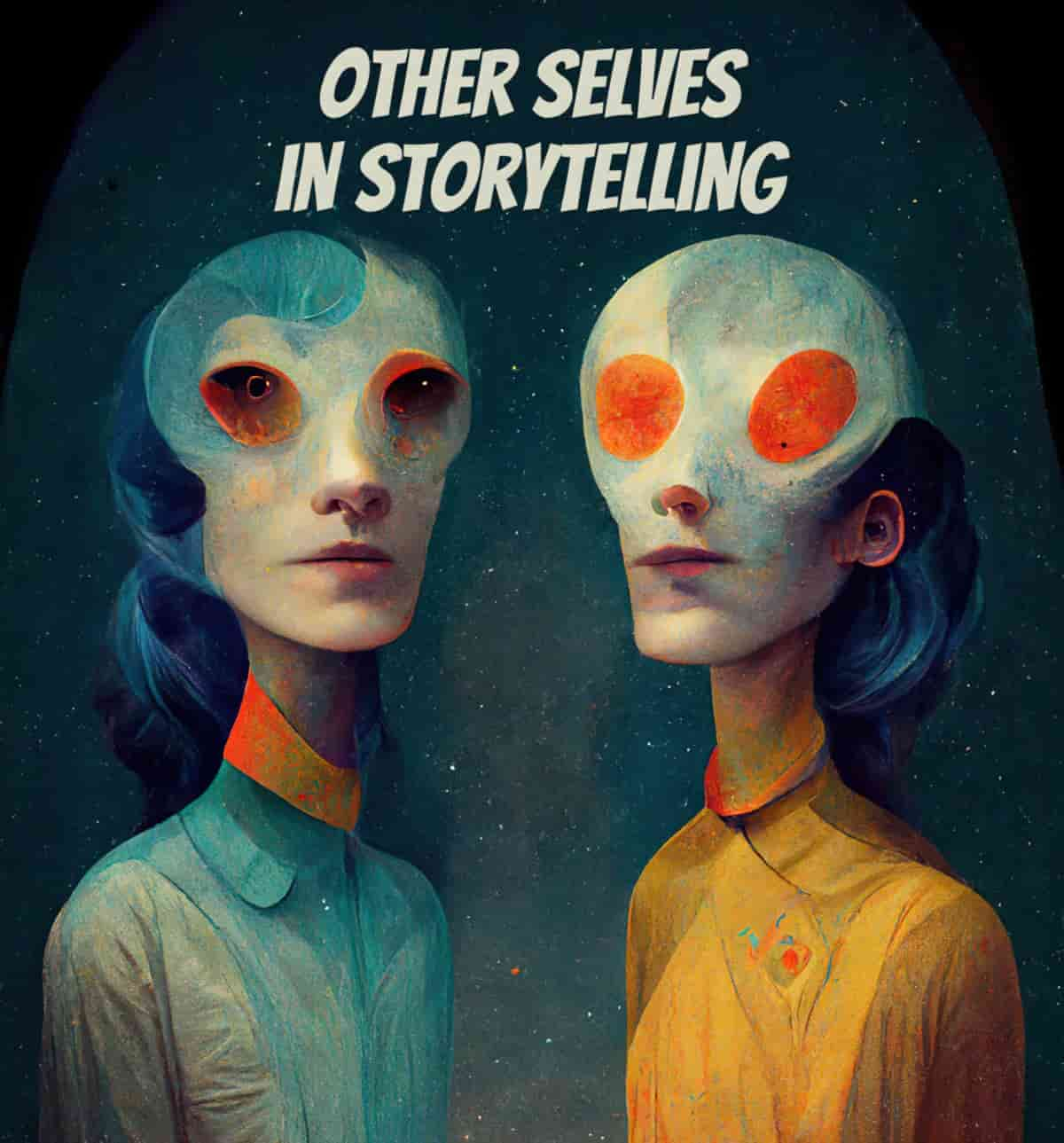
There’s a prevailing idea that we are all cohesive, single selves. Sure, we might change over time, but if there’s such a thing as ‘being yourself’ then we must accept our own absorption of the idea that ‘yourself’ (singular) exists in the first place.
-
Paralepsis in Children’s Literature
Paralepsis*: (Faux) Omission. In rhetoric, paralepsis refers to the device of giving emphasis by professing to say little or nothing about a subject, as in not to mention their unpaid debts of several million, but saying it all the same. I know who farted but I wouldn’t want to embarrass Charles. In the name of anonymity, […]
-
The Carnivalesque in Children’s Literature
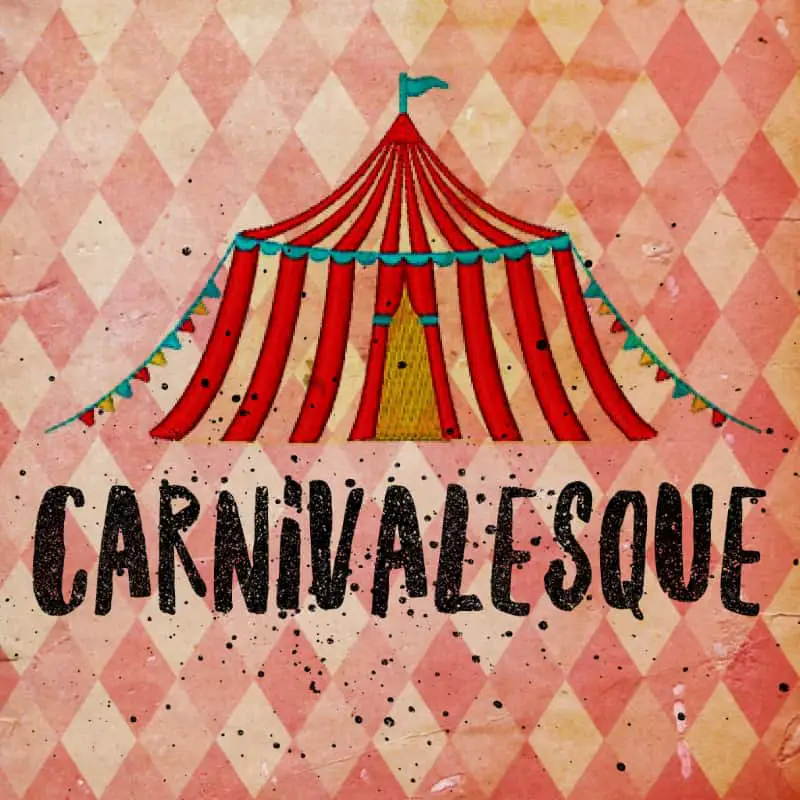
Carnival: In the Bakhtanian sense, “a place that is not a place and a time that is not a time”, in which one can “don the liberating masks of liminal masquerade”. Victor Turner, Dramas, Fields and Metaphors: Symbolic Action in Human Society, 1974 Children’s literature academic Maria Nikolajeva categorises children’s fiction into three general forms: […]
-
Animal Stories In Art and Storytelling
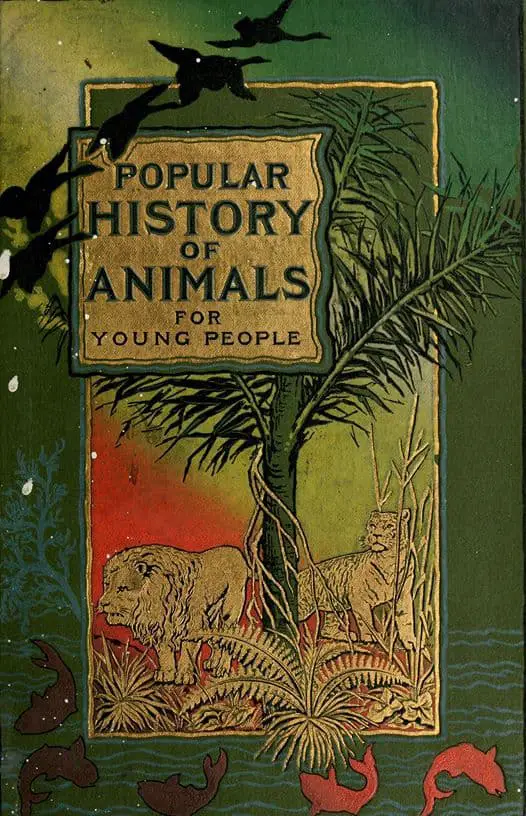
Why are there so many animal characters in children’s literature? A better question might be: Why so many humans? As Barbara Ehrenreich observes when writing about a 1940s discovery of cave paintings, early humans spent much more time rendering their cave wall paintings of animals. The humans are ‘humanoid’: crude stick figures. If the Paleolithic […]
-
How To Write Underdog Stories
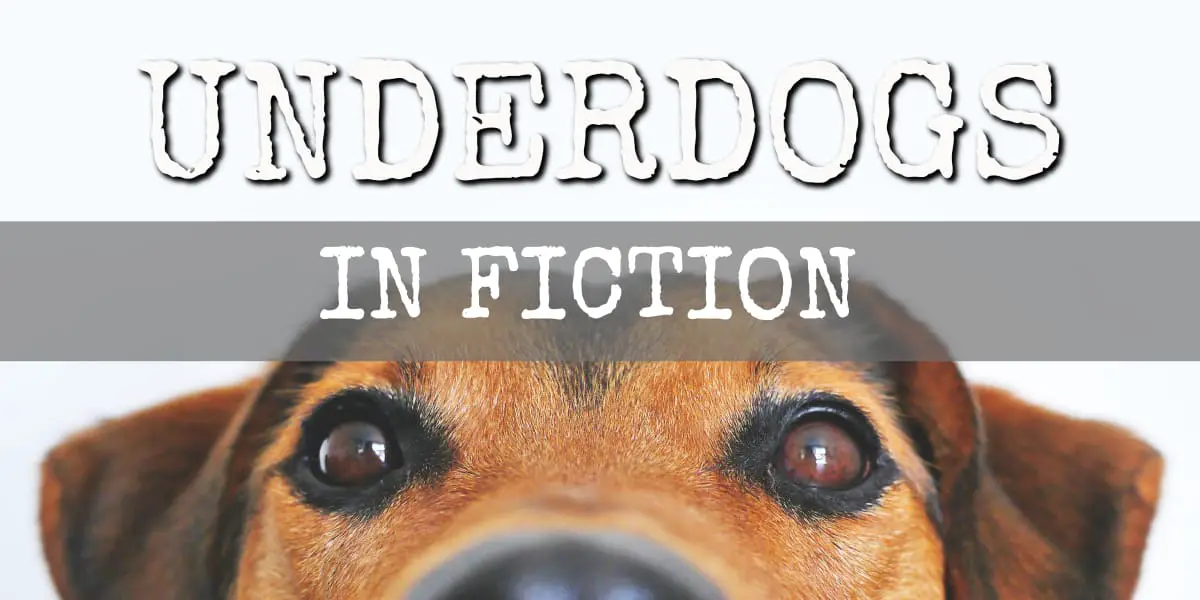
The underdog is very popular as a main character in fiction. But there are ways to write underdogs well as well as pitfalls to avoid. What Is An Underdog? The Three Assumptions Behind Most Underdog Stories It’s worth thinking hard about our own attitudes towards social hierarchy before writing an underdog story. In contemporary stories, […]
-
The Chaste Clarissa by John Cheever Analysis
WHAT HAPPENS IN THE CHASTE CLARISSA A twice-divorced philanderer holidays where he has always holidayed, on Martha’s Vineyard. On the ferry he meets for the first time a beautiful young woman who has recently married into a bird-watching, rock-collecting family of average Joes, but her husband won’t be joining Clarissa on the island, so our viewpoint […]